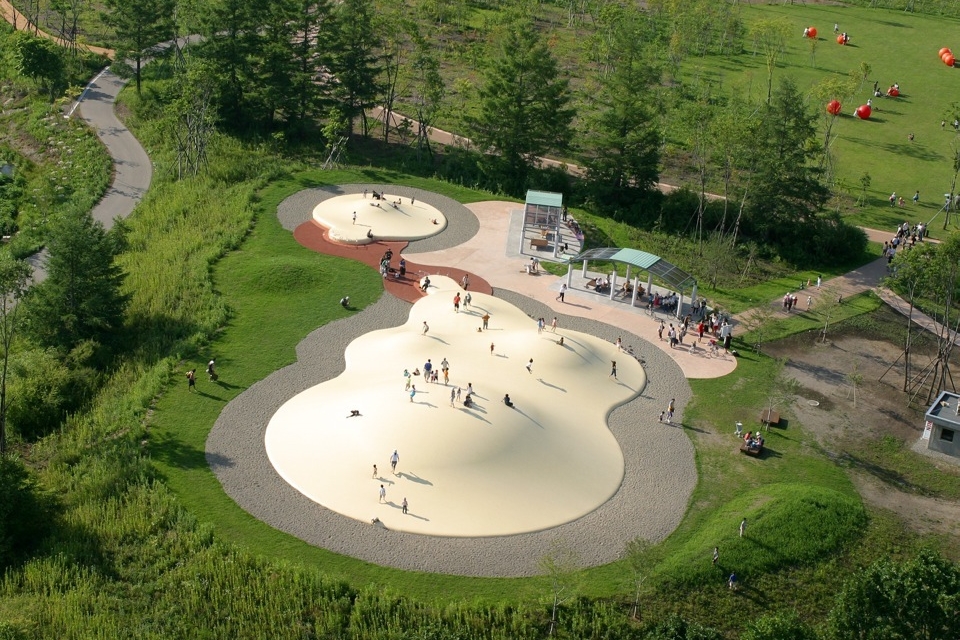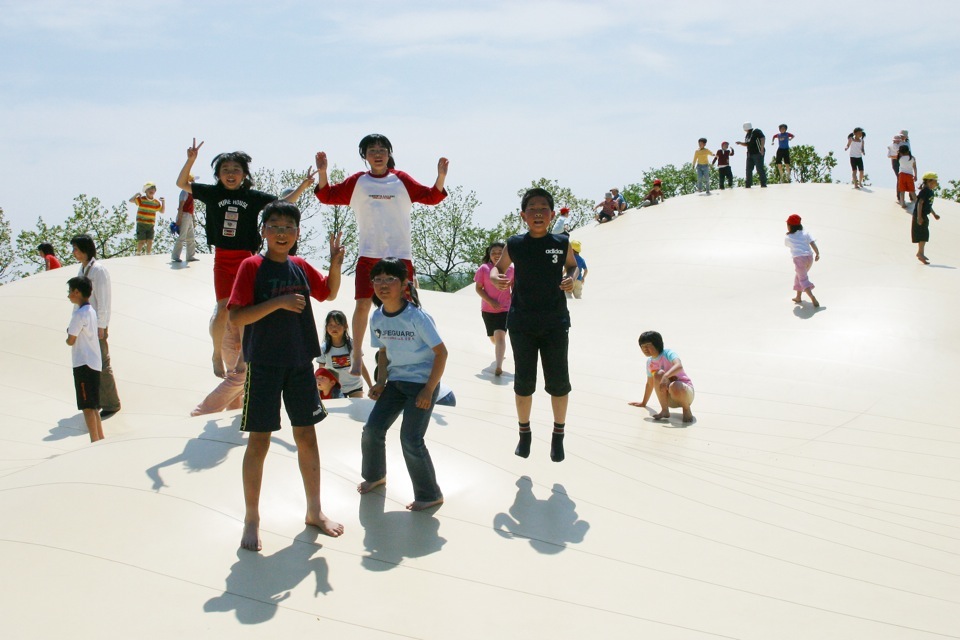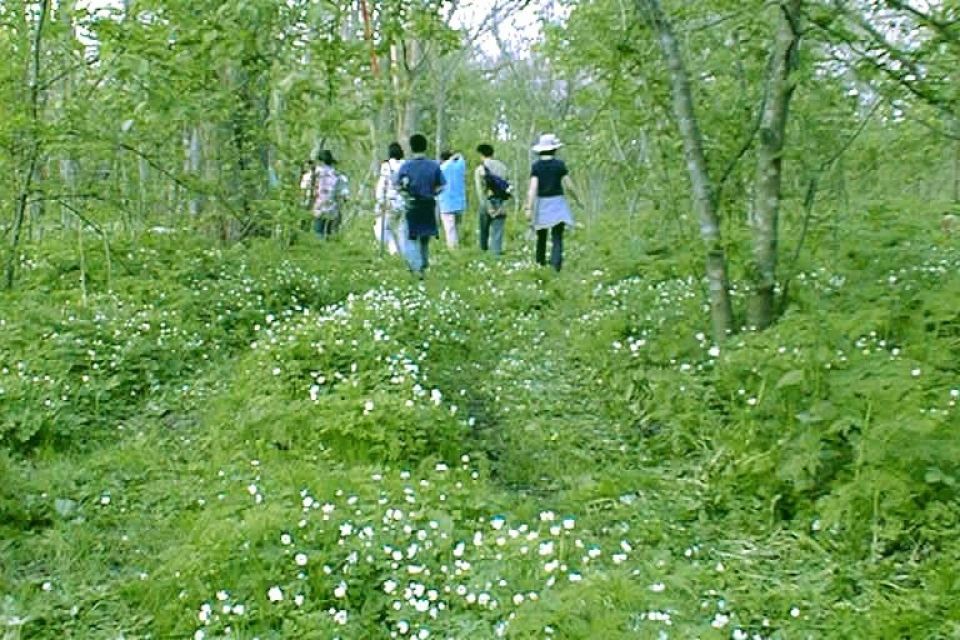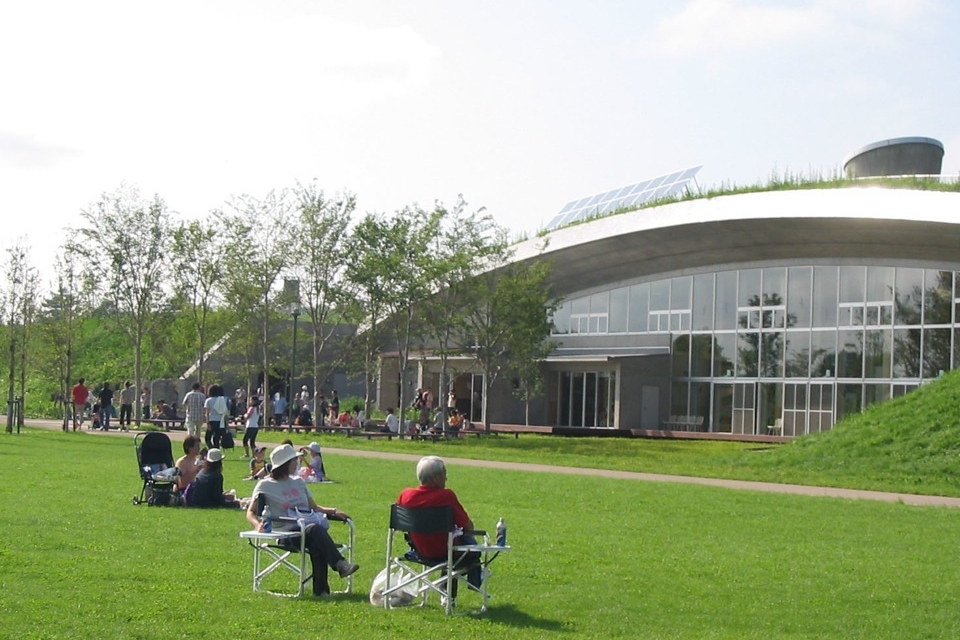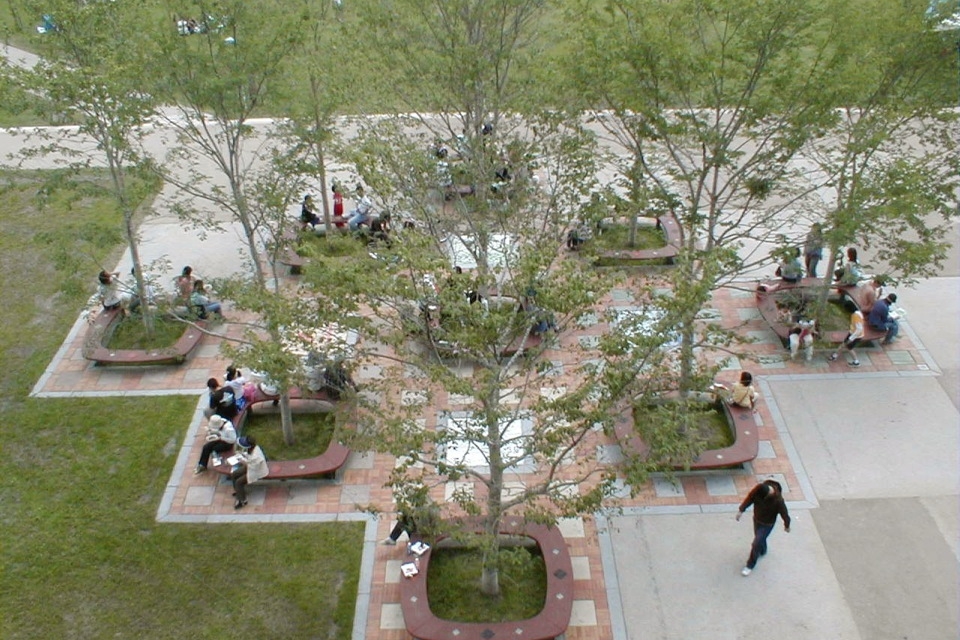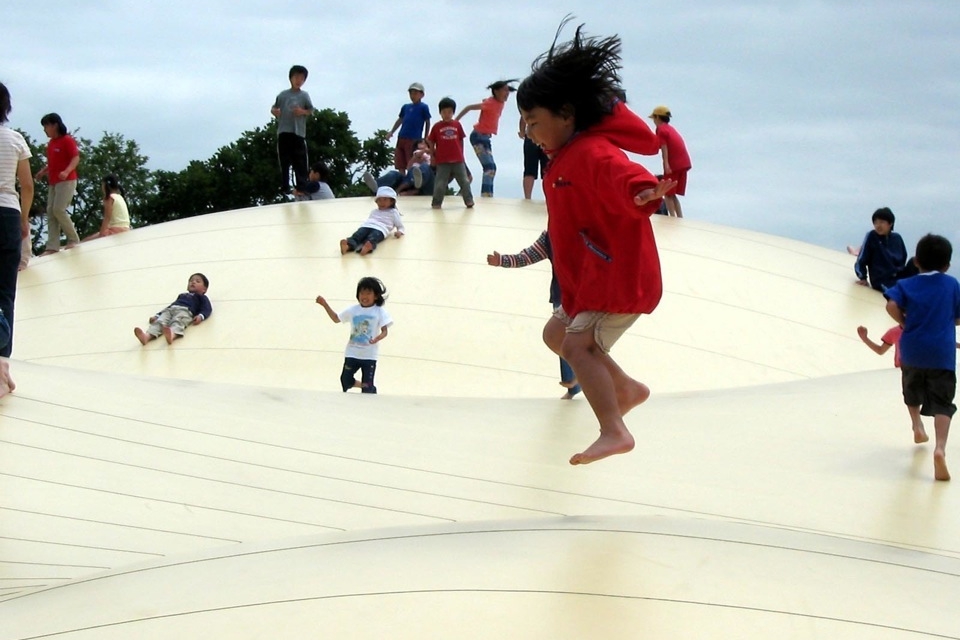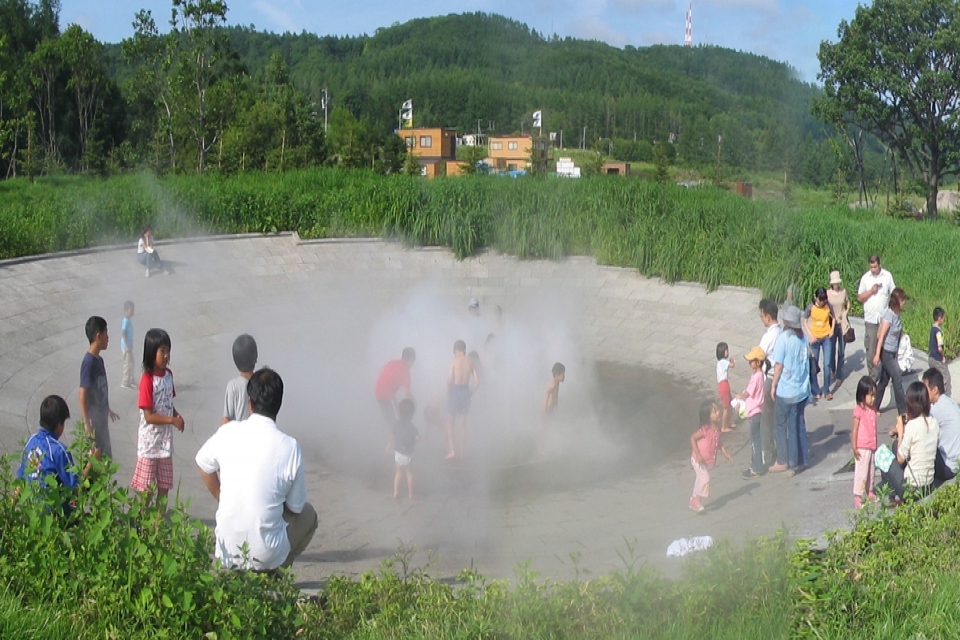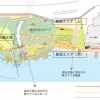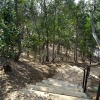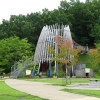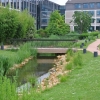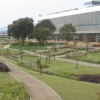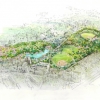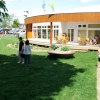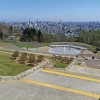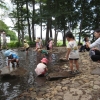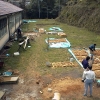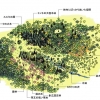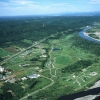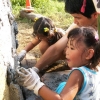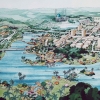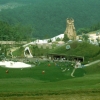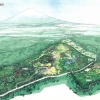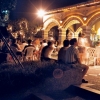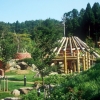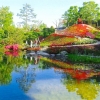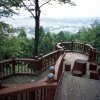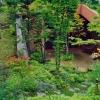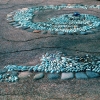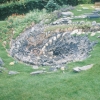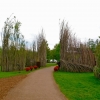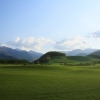Tokachi Ecology Park
| Location | Otofuke, Hokkaido, Japan |
|---|---|
| Work Period | 1998~2004 |
| Size | 141ha |
| Client | Hokkaido Prefecture |
| Scope of Works | Master Plan, Schematic Design, Detail Design
Construction Management, Management Plan |
Back ground of the project
Before building a wide area park in Tokachi region, the Hokkaido prefecture government office choose the selection of the site in the middle reaches area of the Tokachi River of the main basin which becomes the environmental basis in the Tokachi region. The project was named Ecology Park in order to build a park of which the theme is ecology. The master planning was entrusted to us.
The request that was submitted from the local financial world at that time was part of building initiative that was dependent on the subsidy from the central government remarkably. Master plan-making started with a modifying a direction from the park with that building facility type to the park figure of the environment raising type.
Dynamic Design Process
A dynamic design process is not fixed and static, but creates a plan that is flexible and dynamic. There is a fixed static plan to proceed with initially; gradually as design moves forward this provides a conceptual framework to compare with conceptual planning, master planning, advance design, detail design. Dynamic design involves constant feedback to the plan with a result of the act; that act is always grasped, and it accumulates as an experience.
The next three techniques were enforced with master planning as a parallel to proceed with the dynamic design process concretely.
As a usual technique, the service and use begin after the process of planning and designing ends. However, it proceeds with the preparation and use experimentally, and the technique results in the reflection of the planning and design taken into account with the plan.
Advance Preparation
To ascertain the response of the environment coming into contact with a person’s hand, such as forest maintenance and control of woody debris underneath, the possibility of place is recognized. The variety within the environment increases in relation with the early stage environment, and a rich environment is promoted for the park opening.
In addition, the residence of the site donor was improved, with addition of a project house, and the activities foothold of preceding uses were taken.
Preceding Use Ecology Camp
Ecological camping was carried out with children, and children had the opportunity to respond to and experience the environment
Nature observation
The process of ecological camping made possible the natural observation of a one time moon event, helping the participants to gain a deeper understanding of nature and the ideology of the symbiosis between place and environmental education throughout the season. Moreover, the organization of volunteers such as naturalist instructed and planned activities aimed at educating talented people on the environment and its future.
A citizen group proceeded with the park use actively and was developed through this preceding park use by opening time.
Discussion with users & workshop
Several workshops were held during different phases of the project.
In the early stage, there was a river district conference with participants from the wider area of Tokachi River. We discussed the ecology of the entire Tokachi River district. In later stages, works of ecological promotion and environmental maintenance were experienced in the field. Possibilities of citizen participation on maintenance work in the park were discussed, what they can do and what they want to. Workshops were held with participation of the administration to discuss requested activities in the park, and the results were fed back into the project plan.


